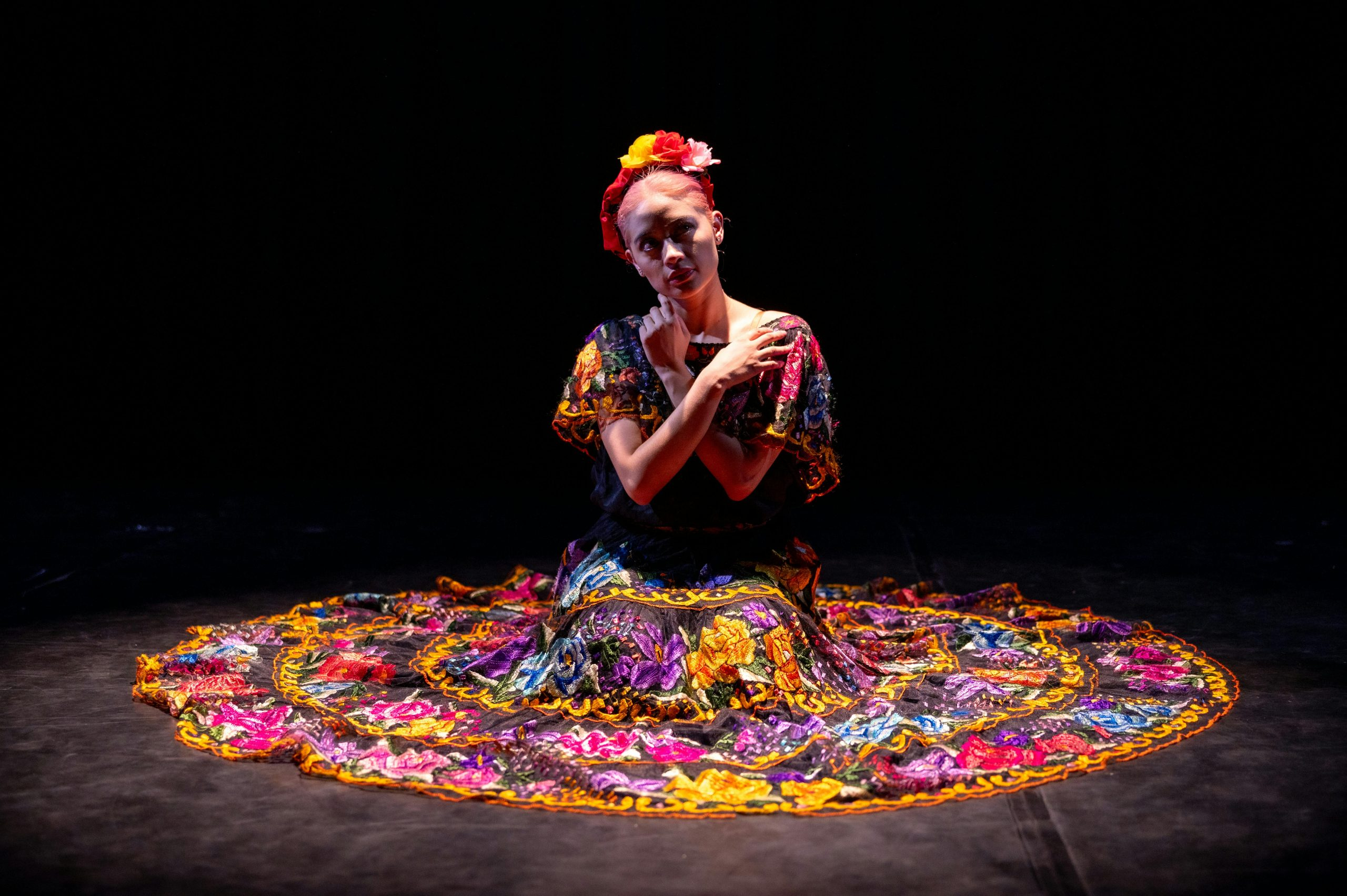The Cultural Significance of Traditional Dress Around the World
Traditional dress has always been a significant part of human culture. It not only reflects the historical and cultural values of a society but also serves as a distinctive feature that sets a particular group of people apart from others. Each traditional dress has its unique story, symbolism, and meaning that is deeply ingrained in the cultural fabric of a community. From the intricate embroidery of Indian sarees to the bold patterns of African garments, traditional dress around the world is a testament to the rich and diverse cultural heritage of different countries. In this article, we will delve into the cultural significance of traditional dress around the world and explore how it represents the identity, beliefs, and customs of various communities.
The Evolution of Traditional Dress
The origin of traditional dress can be traced back to thousands of years ago when humans began to use natural resources to cover their bodies for warmth and protection. As societies evolved, so did their clothing styles and techniques. Traditional dress not only evolved as a practical necessity but also became a reflection of a community’s history, beliefs, and social status. Over time, traditional clothing became an integral part of cultural celebrations, festivals, rituals, and ceremonies, thus solidifying its place in the fabric of society.
The Symbolism Behind Traditional Dress
Traditional dress is more than just a piece of cloth; it embodies a society’s values, beliefs, and ideals. The colors, patterns, and materials used in traditional dress often hold symbolic significance. For example, in many African cultures, the color red is associated with strength and vitality, while white represents purity and peace. Similarly, the use of specific animal prints in traditional clothing may symbolize tribal affiliations or spiritual beliefs. These symbols and meanings are often passed down from generation to generation, preserving the cultural heritage of a community.
The Impact of Globalization on Traditional Dress
In today’s fast-paced world, the influence of western culture has led to the erosion of traditional dress in many parts of the world. The rise of fast fashion and the growing trend of dressing for convenience rather than cultural identity have resulted in a decline in the use of traditional dress. However, some communities have also embraced modern fashion while still preserving the elements of their traditional dress. This fusion of traditional and modern styles not only celebrates the evolution of culture but also allows for a broader and more diverse representation of a community’s identity.
The Revival of Traditional Dress
While globalization poses a threat to traditional dress, many communities are making conscious efforts to revive their cultural heritage and traditional attire. In recent years, there has been a resurgence of interest in traditional dress, with many designers incorporating elements of it into modern fashion. This revival not only supports local artisans and traditional techniques but also helps keep cultural traditions alive for future generations to appreciate and embrace.
The Role of Traditional Dress in Celebrations and Festivals
Traditional dress plays a significant role in cultural celebrations and festivals. Whether it’s the stunning hanbok worn during Korean festivals or the vibrant saris adorned for Indian weddings, traditional dress adds color, meaning, and beauty to these occasions. It also provides an opportunity for communities to showcase their cultural pride and heritage to the rest of the world.
The Importance of Preserving Traditional Dress
Traditional dress holds immense cultural value and represents the identity and history of a community. Preserving it is not just about keeping a tradition alive; it is a means of honoring the legacy of our ancestors and ensuring that our cultural heritage continues to thrive. It is crucial to recognize and appreciate the beauty and significance of traditional dress and support efforts to preserve it for future generations.
In Conclusion
Traditional dress is an integral part of human culture, and its significance goes beyond just a piece of clothing. It represents the identity, values, and history of a community and serves as a reminder of our rich and diverse cultural heritage. In a world that is becoming increasingly homogenous, the preservation and revival of traditional dress are crucial in celebrating and embracing our differences and promoting cultural diversity on a global scale. Let us cherish and continue to pass down the tradition of traditional dress for generations to come.










